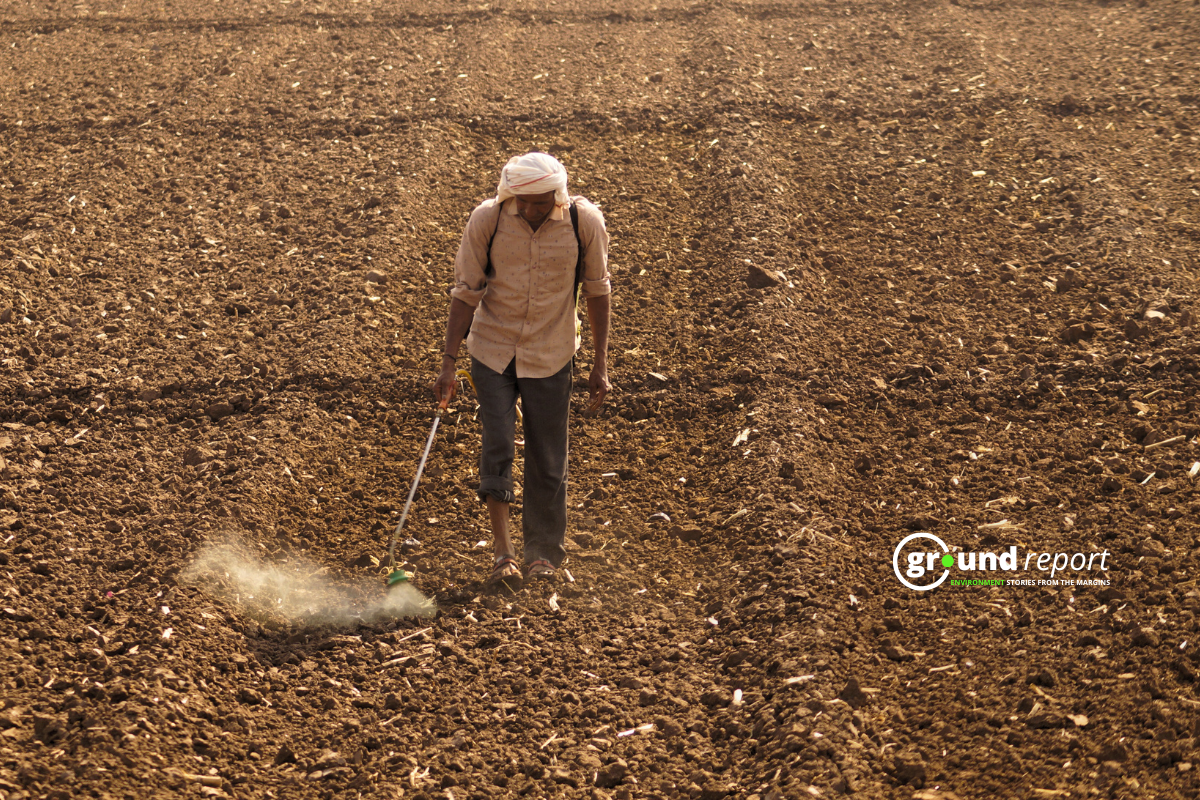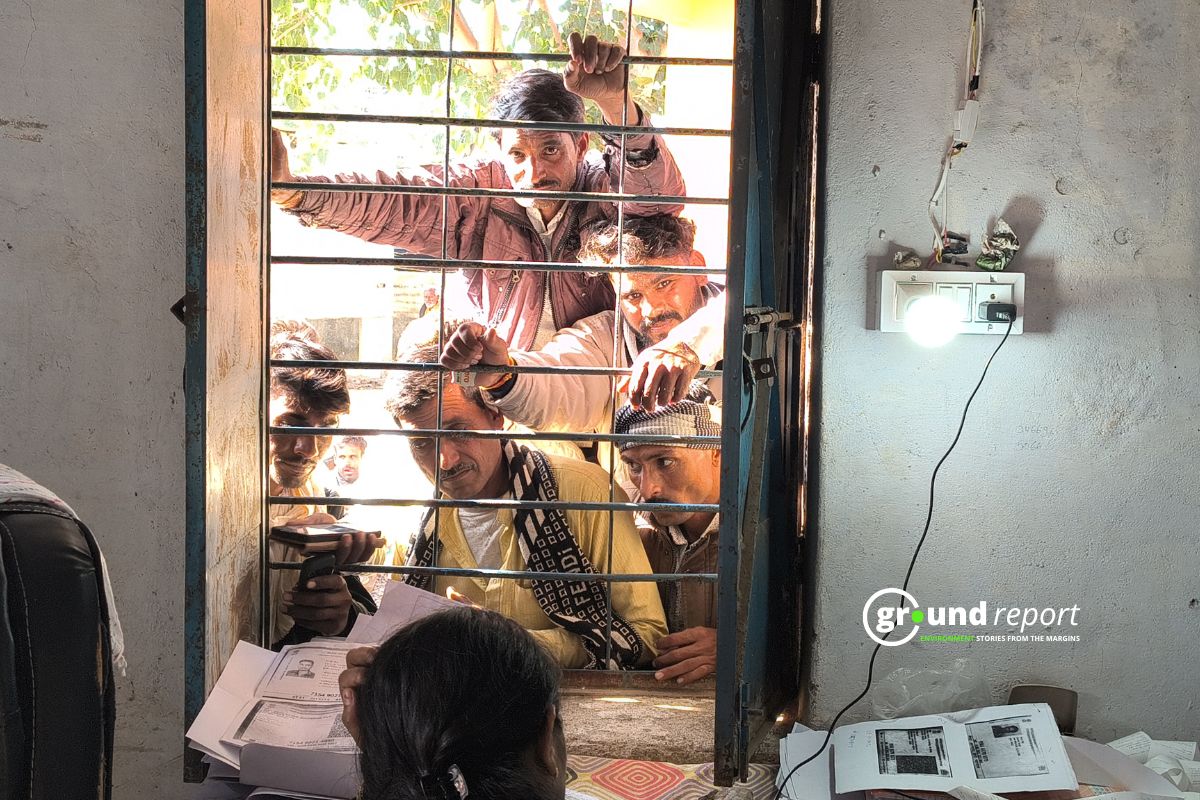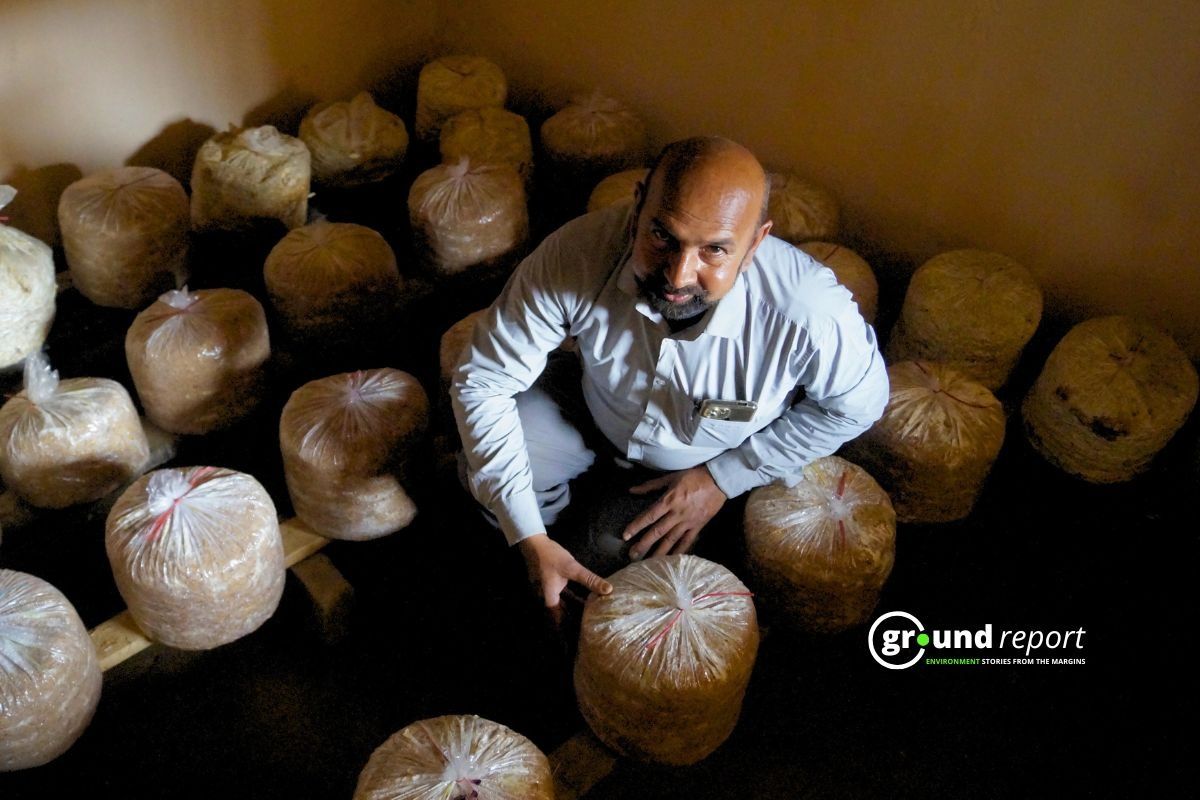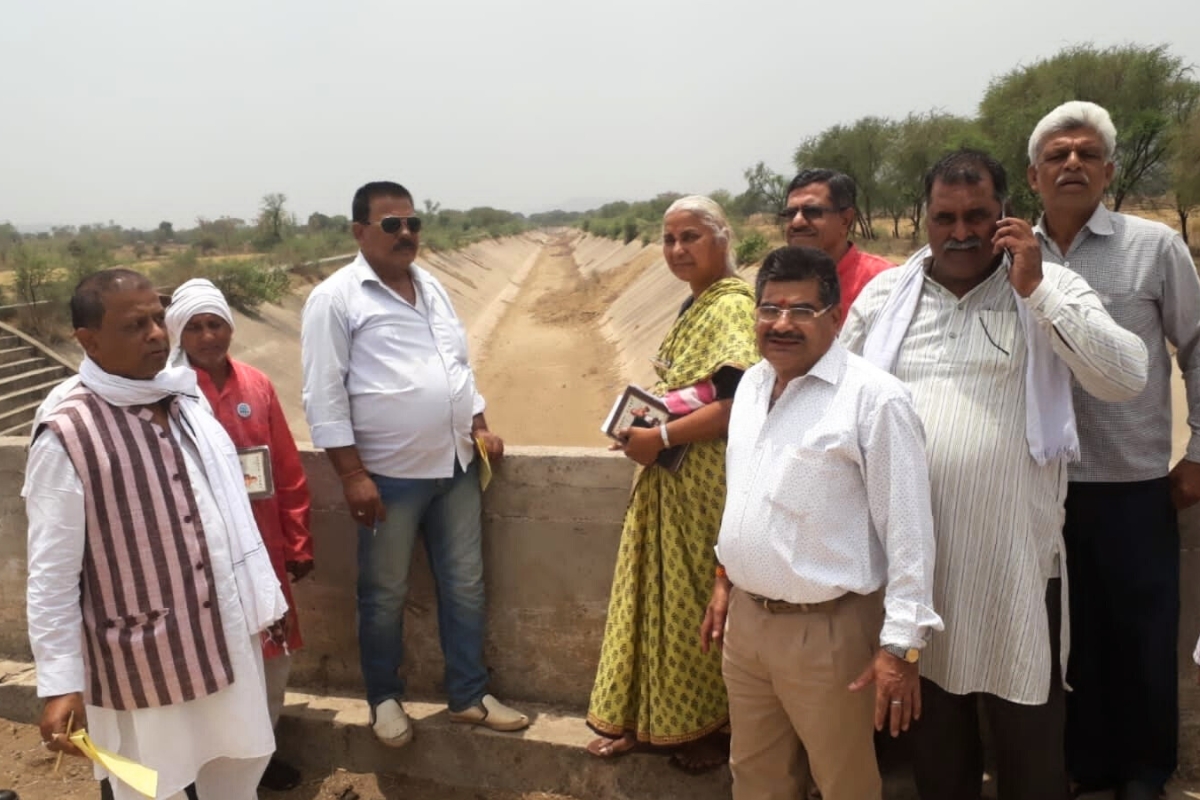Hailstorms have caused widespread damage to fruit and vegetable crops in parts of Madhya Pradesh. Farmers in Mandsaur district, especially in Barkheda, Gangasa, Bardiamar, and Satkheda villages, are reporting heavy losses. They now fear more damage as another hailstorm is expected this week.
The recent storm damaged stems, leaves, flowers, and fruits. This has affected the growth of crops and their market value. Mango, lemon, and orange crops have suffered the most. The colour of the produce has faded, and the fruits are ripening too early, which leads to spoilage. This will lower prices and reduce overall income.
Farmers say the damage is severe. Chand Patidar, a local farmer, shared his experience: “Farmers have suffered heavy losses. Hailstorms have ruined fruits and vegetables in many districts. Everything is destroyed.”
The damage is not just physical—it’s also financial.
Many horticulture farmers are now left without support. Kedar Sirohi, another farmer, pointed to gaps in the government’s support system, “We have crop insurance schemes for Kharif and Rabi crops. We get help under the Revenue Book Circular. But for horticulture crops, there’s nothing. When those are damaged, we get no compensation. Farmers are on their own.”
Unlike traditional crops like wheat or soybean, fruit and vegetable crops are not covered by most insurance schemes. This leaves farmers with no safety net. Each year, they take risks hoping for good weather. When natural disasters strike, they absorb the full impact.
Experts warn the situation could get worse. The Indian Meteorological Department has issued a fresh alert for May 5. Madhya Pradesh may see more rain, lightning, strong winds, and hailstorms. Wind speeds could reach up to 60 km per hour. Such conditions are likely to damage crops again, especially mangoes, lemons, and oranges.
Many farmers are already struggling to recover from the last storm. Now, with the forecast of another round of bad weather, their worries are growing.
Without timely intervention and crop protection support, the economic impact of this weather could deepen the crisis for horticulture farmers in the state.
Support us to keep independent environmental journalism alive in India.
Keep Reading
The costliest water from Narmada is putting a financial burden on Indore
Indore’s Ramsar site Sirpur has an STP constructed almost on the lake
Indore Reviving Historic Lakes to Combat Water Crisis, Hurdles Remain
Indore’s residential society saves Rs 5 lakh a month, through rainwater harvesting
Follow Ground Report on X, Instagram and Facebook for environmental and underreported stories from the margins. Give us feedback on our email id greport2018@gmail.com.
Don’t forget to Subscribe to our weekly newsletter, Join our community on WhatsApp, and Follow our YouTube Channel for video stories.






